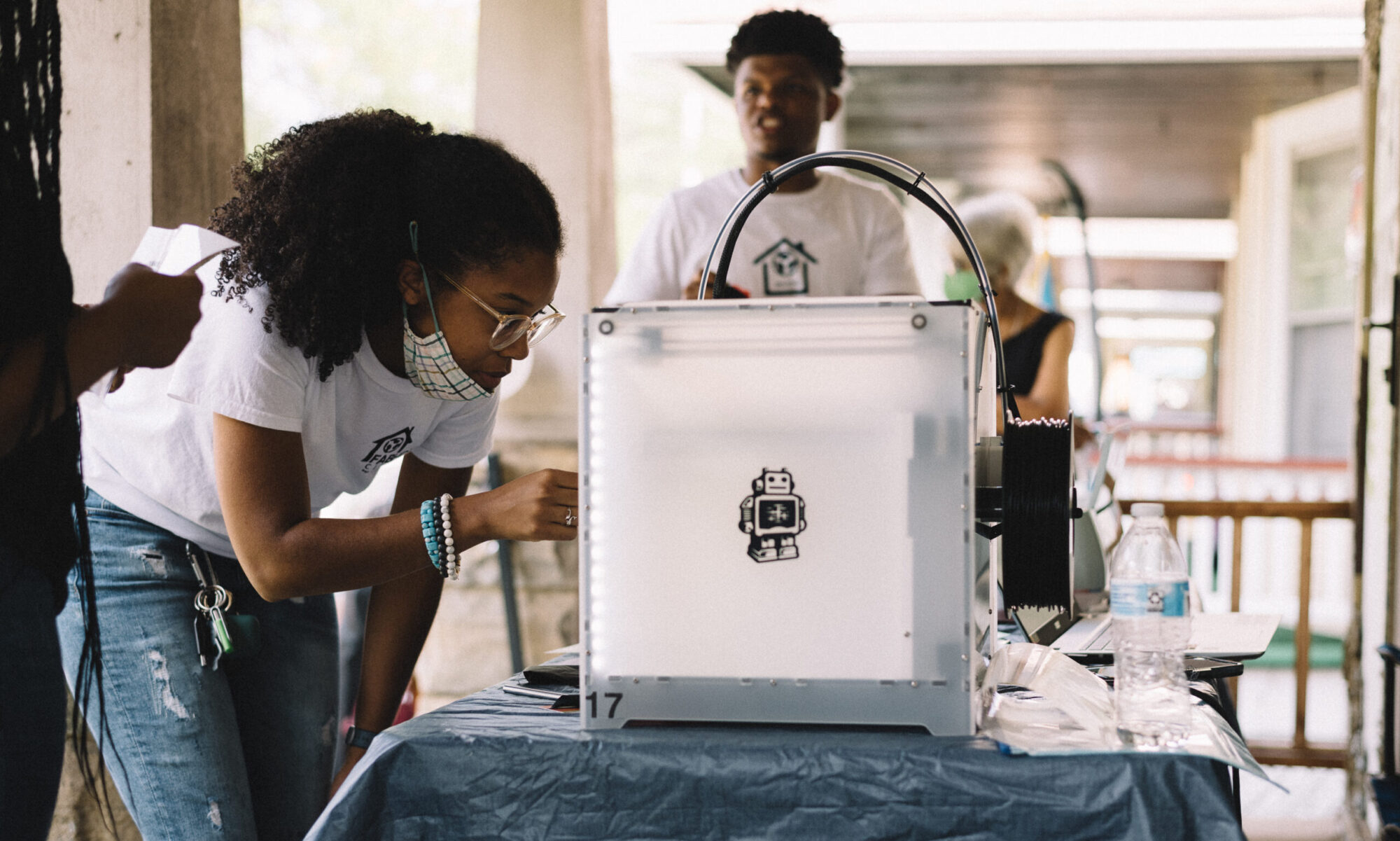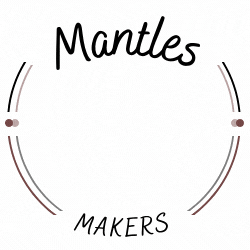This completely JavaScript image processing library was created for Node and has no native dependencies. It is completely ubiquitous and does not rely on anything outside of itself. Jimp can assist you with a variety of duties, including blurring, coloring, containing images, and blitting. Jimp’s Node.js syntax is another benefit, making it simple to use for those with Python or C++ as their main programming languages. ImageJS is a high-level JavaScript library for image processing that operates within the browser environment. It allows developers to perform various image manipulation tasks without the need for server-side processing, making it ideal for real-time applications.
Instead, each object in FIM exposes a dispose() method that can be called to disposethe object. Simply calling dispose() on the root Fim instance will alsodispose any images and operations created by FIM. One of the main advantages of using Javascript for image editing is that it’s easy to learn and use. Javascript is a widely adopted language and many programming tools, articles and tutorials are available online to help new users get started quickly.
Bonus! Creating Applications with Flatlogic Platform
- Pica is a prime tool for in-browser image resizing, most useful when you want to reduce an exceedingly large image into a suitable one to save upload time.
- Flip images with annotations horizontally or vertically useful for creating a mirror image of the original image.
- Image manipulation is a common practice, and it’s used across a wide variety of industries.
- This feature enables manipulation of paths, which are editable curves consisting of anchor points connected by control handles that allow precise control over object boundaries.
- All modern web browsers, such as Chrome, Safari, and Firefox, have an integrated JavaScript engine.
For example, Python is a powerful programming language that is commonly used in developing image manipulation software and tools. Jimp stands for JavaScript image manipulation program and it does what it says on the tin a flawless fashion. Written for Node, this entirely JavaScript image processing library has zero native dependencies.
Shapes annotation
This makes JavaScript image editing compatible with a wide range of devices and operating systems. Moreover, when images are edited on the client side, users don’t need to upload and download images again and again. This results in reduced server load and bandwidth usage, which ultimately leads to a more responsive user experience.
Classes and Objects in Fabric.js #
- Fabric.js is a powerful and versatile JavaScript library for working with HTML5 canvas.
- CamanJS is another popular JavaScript-based image editor that comes with a decent feature set.
- Fabric.js allows developers to handle complex tasks such as object grouping, event handling, and image manipulation with ease.
- By leveraging these libraries, developers can greatly enhance the functionality and performance of their web applications.
- Whether you need to crop, resize, rotate, or apply filters, Fabric.js makes it easy to perform these operations with a simple API.
- Develop interactive storytelling applications where users can manipulate images to create visual narratives.
There are a lot of Instagram-inspired and original preset filters available for you to use as well, and the effects they produce are pretty amazing. You can also create multiple layers and apply blend modes to them to create something more complex. CamanJS is another popular JavaScript-based image editor that comes with a decent feature set. The library has not been updated for a while now, which means that it won’t add any new features.
Using a combination of various values, one can give an image a completely new look. We will be doing all this in-browser using only HTML, CSS, JavaScript, and the Canvas API making the application lightweight and fast. Pintura can also enforce aspect ratios for cropping while providing overlay crop guides to help you easily visualize the final result of any cropping operation.
Another example is Pixi.js, which is a library for creating interactive 2D graphics that can be used for a variety of purposes including image manipulation. The techniques used for editing images with Javascript depend on the type of changes you want to make. If you want to resize an image, the most common approach is to use the HTML Canvas element and then use JavaScript commands to resize it. For more complex changes such as applying filters and special effects, there are many libraries that offer ready-made functions for this purpose. OpenCV.js is a JavaScript binding for the OpenCV (Open Source Computer Vision Library), which allows developers to perform computer vision tasks directly in the browser.
Repository files navigation
Note that unlike WebGL textures, FIM allows an operation to have a single image used as both an input and an outputparameter. FIM automatically manages any temporary objects needed to make it work. Sarang Sharma is Software Engineer at Bito with a robust background in distributed systems, chatbots, large language models (LLMs), and SaaS technologies. With over six years of experience, Sarang has demonstrated expertise as a lead software https://traderoom.info/10-best-node-js-image-manipulation-libraries-in/ engineer and backend engineer, primarily focusing on software infrastructure and design.
This is not a problem when you are editing small images or when users don’t mind waiting for a bit in order to see the final results. However, it is not possible for a CPU to show real-time results when it has to do all these calculations for millions of pixels. It comes with a large variety of methods to adjust the brightness, contrast, saturation, vibrance, sharpness, noise, and many other things.
With these tools, developers can create powerful image editing applications that can be used for a variety of purposes. Let’s move on to a JavaScript image manipulation library that is more inherently complicated. A strong Marvin Framework derivative called MarvinJ provides a wide range of methods for altering the color and appearance of the images.
However, If you want faded colors, decreasing the saturation will help. Moreover, you can desaturate an image completely if you want a black-and-white image. We will first select all the elements that need to be modified by JavaScript using the querySelector() method.
The main downside is that it has a rather small feature set compared to other libraries. If you need to do something like rendering text then you’ll have to look elsewhere. You can do all the usual image-editing operations like cropping, rotating, flipping, or scaling. Besides giving you control over things like the contrast, brightness, and saturation of an image, Pintura comes with built-in filters to help you quickly edit images. Pixelapp is another image editor that you can use to edit images with WebGL. It gives you the option to adjust the values for brightness, contrast, saturation, shadows, tint, hue, and many other properties.
Sharp is one of the most popular image manipulation packages for Node.js. It supports multiple image formats and comes with a range of features like resizing, cropping, rotating, and format conversion. Offers a wide range of tools for annotating, selecting, cropping, zooming, panning, rotating, flipping, filtering, and more, enabling users to fully edit and manipulate their images. Additionally, users can customize the toolbar by defining their own items or the entire toolbar. All the libraries that I have mentioned so far run all the image manipulation code on the CPU.

